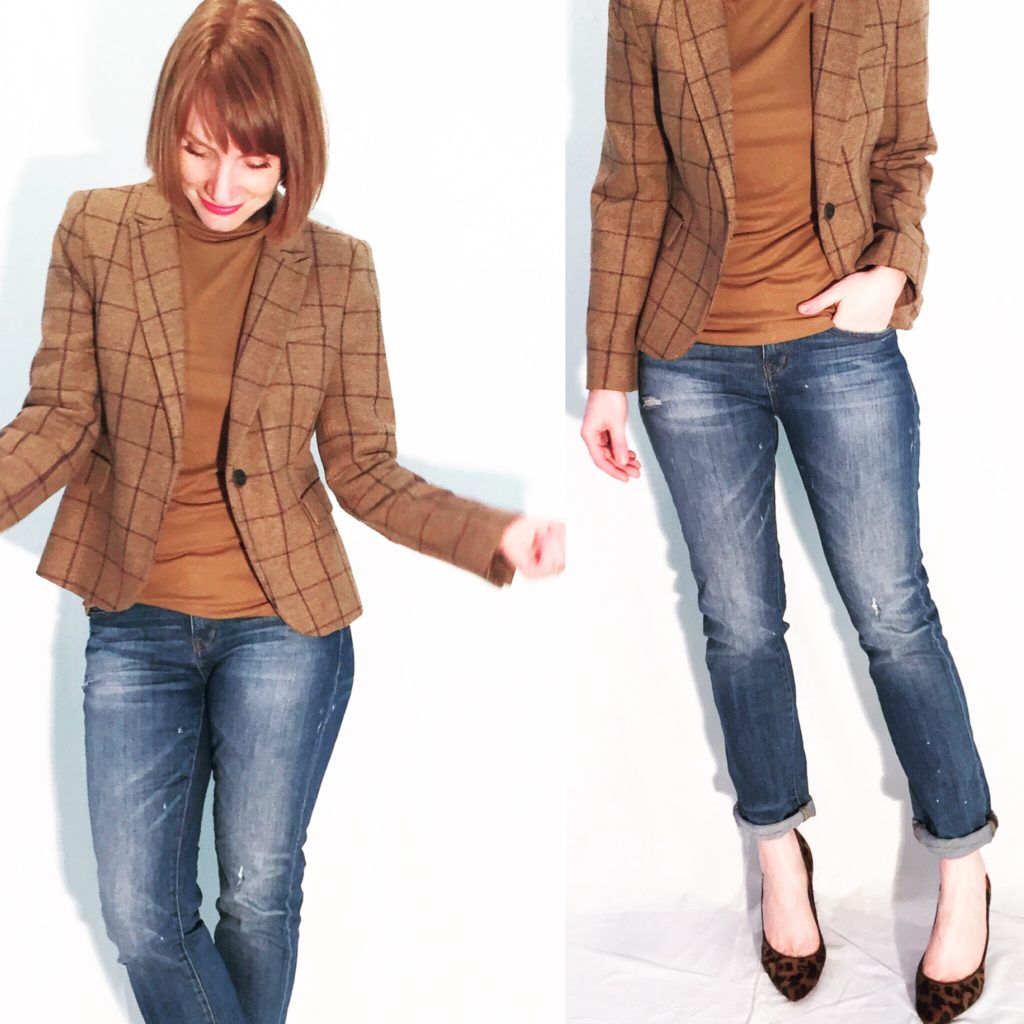Camel Day

No, I didn’t wear this on a Wednesday. But maybe I should have! I never really know what to call this colour, so let’s go with “camel”; which makes this a camel-on-camel kind of outfit. I like the way the colour looks against the lighter wash of the denim. I was actually going to wear my even lighter wash Holding Horses destroyed/patched jeans, but I ended up having to go to a work seminar thing, and I figured those would be too, ahem, fashion-forward – shall we say. Speaking of which, my mom recently commented on the HH jeans by asking me if I couldn’t afford a normal pair of jeans. Which is a very “Mom!” thing for my mom to say. Anyway, where was I?
Oh yes. So, while I didn’t wear this outfit on a Wednesday, I feel like Friday – and more specifically Friday afternoon – is other real hump/slump of the week, so the outfit was apropos after all.
Bohemian Glory

If you watched my IG Stories last week – and, really, you should be watching all of them, all the time, what are you even waiting for, go – then you will remember this Anthro sweater. (Sidenote: a reader/watcher helpfully enlightened me that the brand is Monogram. The more you know, etc.) I said then and I maintain now that this hits my Bohemian avatar aesthetic on the nose. I think it’s because it’s really loud and big and graphic rather than naturalistic; it’s not twee or cute. But, to be honest, it’s difficult for me to explain in words why this works and 90% of florals don’t do it for me (fashion-wise) anymore; also, who cares. But this is great! I wanted to go all out and pair it with an equally Bohemian bottom – wide-legged pants, perhaps – but I sort of chickened out because I was going to see a bunch of family and friends for a big shindig and I’m not sure I’m ready to re-up on the “crazy fashion lady” reputation. But! I did bling out with some of my recent thrifted costume jewelry, so there was that. Needless to say, I loved this outfit … HARD.
She Made Me Do It

My BFF made me buy this dress at VV’s recent 50% off sale; it was $8 so I humoured her. Ok, fine; my arm was mostly made of rubber anyway. The shape is a bit too femme/fitted for my current taste – sheaths are a silhouette I used to rock all the time – but the midi length is less traditionally flattering, and the colour is very much my speed. I threw on a long blazer to further un-prettify the dress, and I think it worked.




